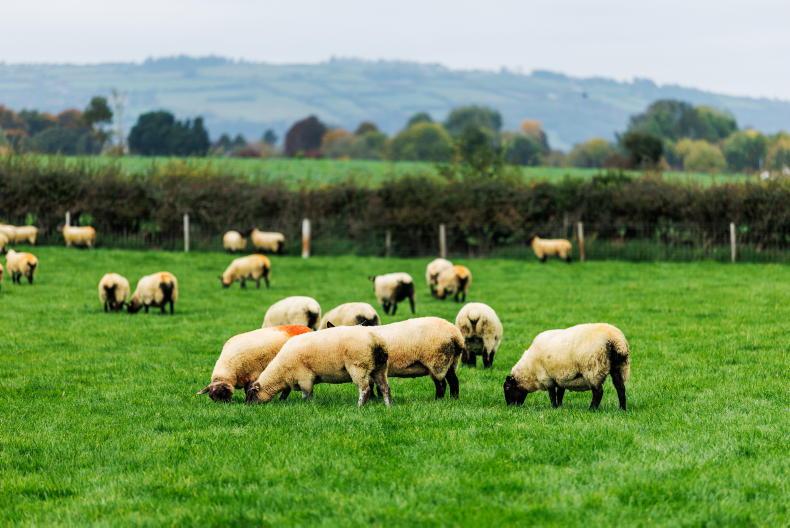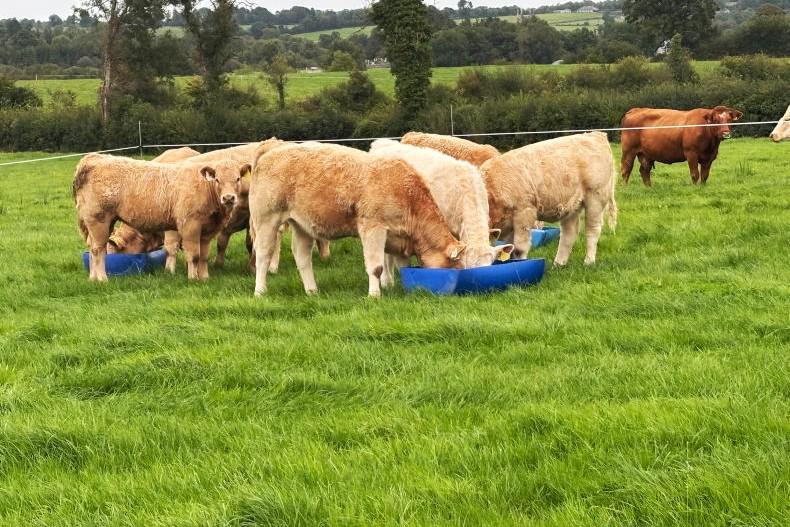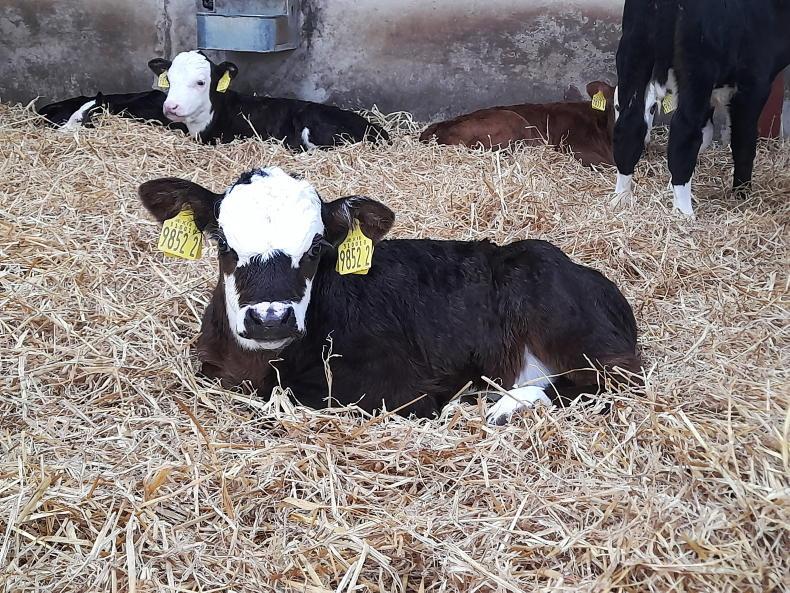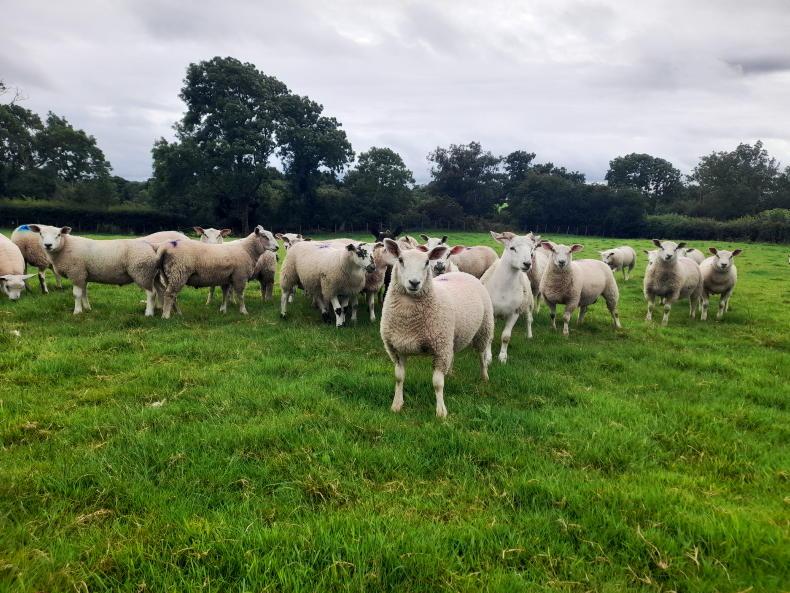Scour prevention: While it’s early in the calving season, a few steps could help reduce time and labour required tending to sick calves. Number one is colostrum. Adequate colostrum is key to setting the calf up to be able to fend off any disease challenges in the next few weeks, including scour and pneumonia. Aim to get 3l into calves within two hours of birth. The sooner the better. Colostrum from its mother is best and is a must if vaccinating for scour.
If a calf has had any assistance or pull, it’s best to feed it in case it’s delayed getting to its feet. Lots of bedding is also essential, preferably straw to give that nesting effect. Calves need a warm dry bed. Shed temperature needs to be 10-15°C for newborn calves with no low-level draughts. Vaccination has a role to play on some farms.
Hygiene is very important around calving time. A good tip is to place a footbath outside the calving shed so you aren’t bringing disease in to susceptible newborn calves. Keep two stomach tubes: one for colostrum for newborn calves and one for sick calves.
Scour treatment: Scouring suckler calves and their dams should be separated from other calves and their mothers to prevent disease spread. While many will jump to use antibiotic tablets, the first port of call should be to give an oral rehydration solution. The most important treatment is to replace the salts and fluids that are lost with scour. Healthy calves need up to 4l of fluid per day and scouring calves need an additional 4l to replace lost fluids. Give one or two extra feeds (2l each) of a good-quality oral rehydration solution as soon as the calf starts scouring and while it is scouring. These should be given during the day as well.
Feeding a sick calf before and after work isn’t enough. It will need more fluids during the day. If problems are persisting and losses are occurring, sometimes the only option is to calve outdoors or at least get cows and calves out as soon as possible. Calf jackets can work wonders for sick calves in terms of bringing them back around by raising their temperature. If a jacket isn’t an option, moving the sick calf to a warmer shed will help. You don’t need to be paying big money for electrolytes and you can make up a simple electrolyte mix at home with the following ingredients:
2 litres of warm water.8g (¾ tbsp) of low salt.12g (1 tbsp) of bread soda.40g (2-3 tbsp) of glucose.Carrigallen Mart Livestock Demo: Golden Vale Mart in Carrigallen, Co Leitrim is holding a livestock information night on Thursday 20 February. A number of speakers will give talks on the night including local vets Finbarr Kiernan on sheep and John Quinn on calving cows. I’ll be giving an update on beef markets and the cattle trade. Topics such as dairy beef, farm schemes, financial management from ifac, dairy markets outlook and more will all be covered on the night. There will also be a live demo of suckler cows with calves at foot and a sheep demo. It kicks off at 7pm in the mart. Everyone is welcome and there will be a free raffle.
Scour prevention: While it’s early in the calving season, a few steps could help reduce time and labour required tending to sick calves. Number one is colostrum. Adequate colostrum is key to setting the calf up to be able to fend off any disease challenges in the next few weeks, including scour and pneumonia. Aim to get 3l into calves within two hours of birth. The sooner the better. Colostrum from its mother is best and is a must if vaccinating for scour.
If a calf has had any assistance or pull, it’s best to feed it in case it’s delayed getting to its feet. Lots of bedding is also essential, preferably straw to give that nesting effect. Calves need a warm dry bed. Shed temperature needs to be 10-15°C for newborn calves with no low-level draughts. Vaccination has a role to play on some farms.
Hygiene is very important around calving time. A good tip is to place a footbath outside the calving shed so you aren’t bringing disease in to susceptible newborn calves. Keep two stomach tubes: one for colostrum for newborn calves and one for sick calves.
Scour treatment: Scouring suckler calves and their dams should be separated from other calves and their mothers to prevent disease spread. While many will jump to use antibiotic tablets, the first port of call should be to give an oral rehydration solution. The most important treatment is to replace the salts and fluids that are lost with scour. Healthy calves need up to 4l of fluid per day and scouring calves need an additional 4l to replace lost fluids. Give one or two extra feeds (2l each) of a good-quality oral rehydration solution as soon as the calf starts scouring and while it is scouring. These should be given during the day as well.
Feeding a sick calf before and after work isn’t enough. It will need more fluids during the day. If problems are persisting and losses are occurring, sometimes the only option is to calve outdoors or at least get cows and calves out as soon as possible. Calf jackets can work wonders for sick calves in terms of bringing them back around by raising their temperature. If a jacket isn’t an option, moving the sick calf to a warmer shed will help. You don’t need to be paying big money for electrolytes and you can make up a simple electrolyte mix at home with the following ingredients:
2 litres of warm water.8g (¾ tbsp) of low salt.12g (1 tbsp) of bread soda.40g (2-3 tbsp) of glucose.Carrigallen Mart Livestock Demo: Golden Vale Mart in Carrigallen, Co Leitrim is holding a livestock information night on Thursday 20 February. A number of speakers will give talks on the night including local vets Finbarr Kiernan on sheep and John Quinn on calving cows. I’ll be giving an update on beef markets and the cattle trade. Topics such as dairy beef, farm schemes, financial management from ifac, dairy markets outlook and more will all be covered on the night. There will also be a live demo of suckler cows with calves at foot and a sheep demo. It kicks off at 7pm in the mart. Everyone is welcome and there will be a free raffle.









SHARING OPTIONS